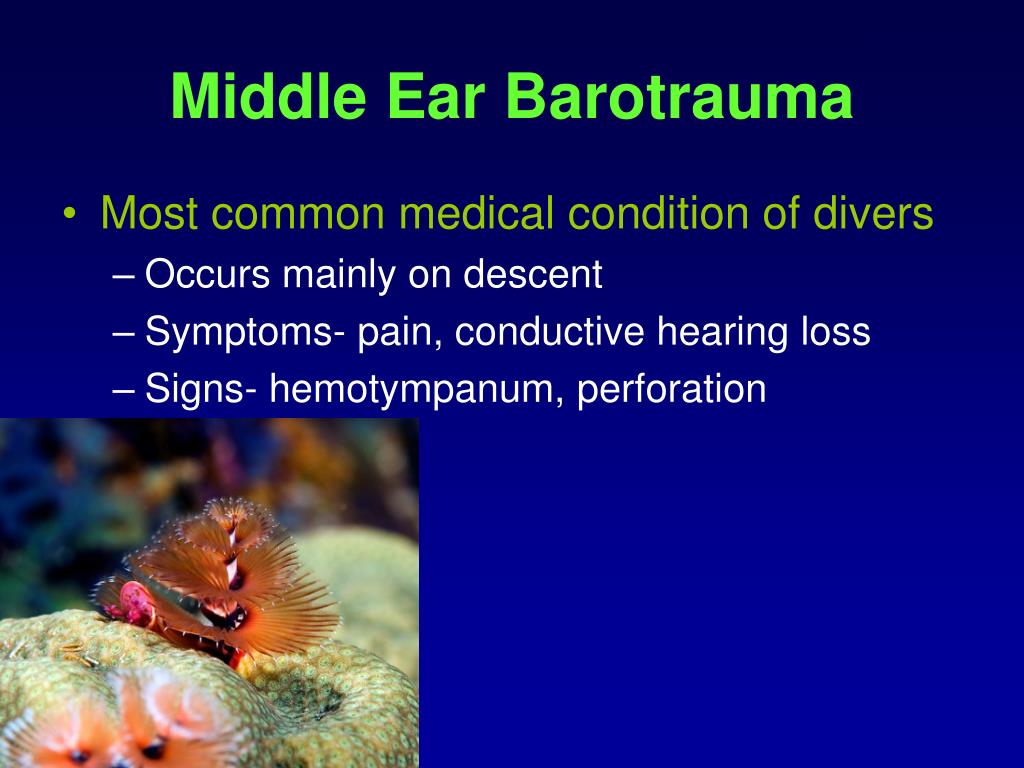

The procedure usually lasts less than 15 minutes and patients awaken quickly.Īdenoidectomy for ear infections – Sometimes the removal of the adenoid tissue (lymph tissue located in the upper airway behind the nose) is recommended when ear tubes are placed.

Ear drops may be administered after the ear tube is placed and may be prescribed for a few days. A myringotomy is performed and the fluid behind the ear drum (in the middle ear space) is suctioned out. Some older children and adults may be able to tolerate the procedure without anesthetic. A general anesthetic is administered for young children. To prevent this, an ear tube is placed in the hole to keep it open and allow air to reach the middle ear space (ventilation). If an ear tube is not inserted, the hole would heal and close within a few days. This is most often done under a surgical microscope with a small scalpel, but it can also be accomplished with a laser. A myringotomy refers to an incision (small hole) in the ear drum or tympanic membrane. Tubes may reduce the risk of future infection, restore hearing by removing trapped middle ear fluid, and restore proper function and aeration to the middle ear.Įar tube surgery – ( Myringotomy and tympanostomy tube placement ) The small plastic tubes are inserted through an outpatient surgical procedure called a myringotomy. The average age for ear tube insertion is one to three years old. Each year, more than half a million ear tube surgeries are performed on children, making it the most common childhood. Other less common conditions that may warrant the placement of ear tubes are malformation of the ear drum or eustachian tube, Down Syndrome, cleft palate, and barotrauma (injury to the middle ear caused by a reduction of air pressure, usually seen with altitude changes as in flying and scuba diving). These conditions most commonly occur in children, but can also be present in teens and adults and can lead to speech and balance problems, hearing loss, or changes in the structure of the ear drum. Ear tubes – ( tympanostomy tubes ) are often recommended when a person experiences repeated middle ear infection (acute otitis media) or has hearing loss caused by the persistent presence of middle ear fluid (otitis media with effusion).


 0 kommentar(er)
0 kommentar(er)
